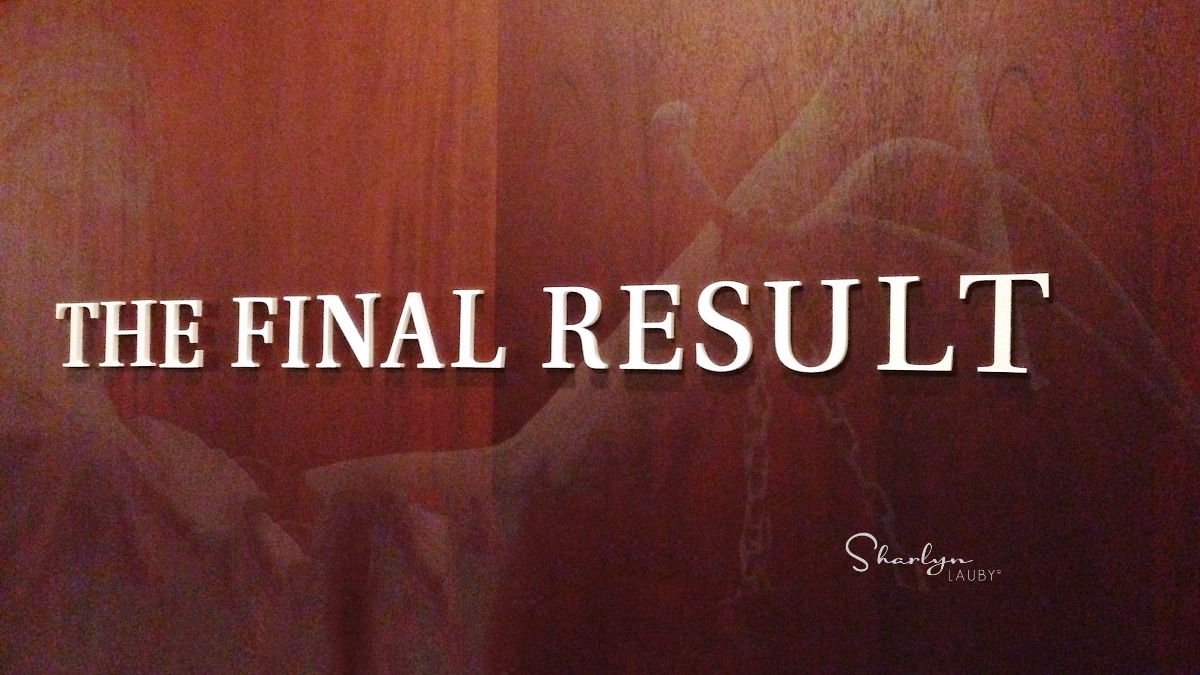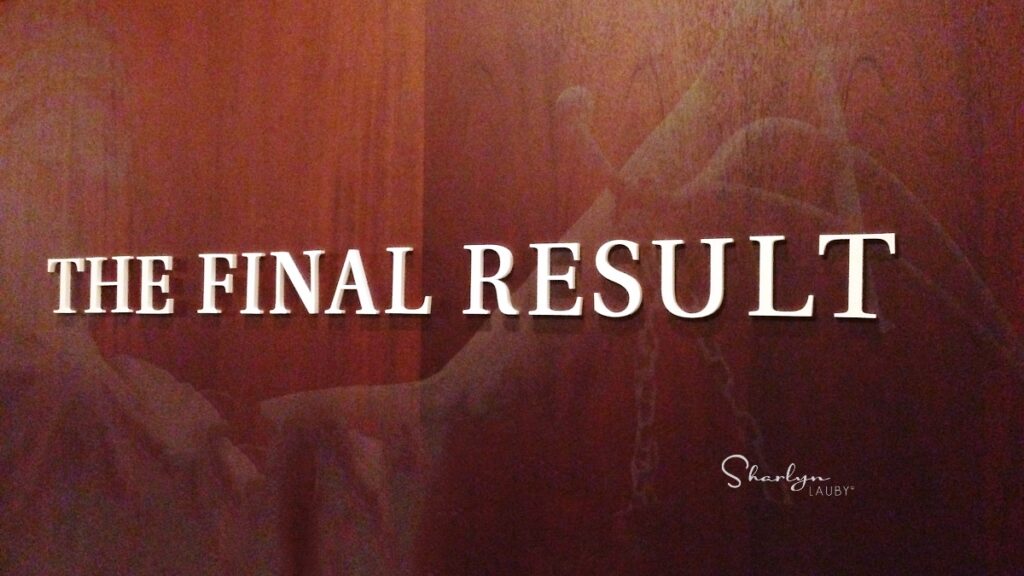Estimated reading time: 4 minutes
When we have to make a decision, one of the methods we sometimes use is a T-chart, which is basically making a large T on a piece of paper and listing the pros on one side and the cons on another. The idea being if the pros / benefits / advantages outweigh the cons / downsides / disadvantages then we should do it. Otherwise, we shouldn’t.
Today, I want to share an alternative to the T-chart. One that might offer a better assessment of the situation and lead to better decision making. It’s called a force field analysis. And no, that’s not a Star Wars reference. The force field analysis was developed by social psychologist Kurt Lewin back in the 1950s. Lewin is also the author of the 3-step change model (Unfreeze-Change-Refreeze) which we’ve discussed before.
Back to the force field analysis. When we’re trying to make a decision or set a goal, there are “forces” that drive us toward it and “forces” that restrain us. Hence, when we create the T-chart of pros and cons, that’s what we’re doing. We’re listing the driving forces (pros) and restraining forces (cons).
But here’s where the force field and T-chart differ. In a T-chart, we might be tempted to view all pros and cons as equal. So, if we have 10 pros and 1 con, we might say “let’s do it” because there are more benefits than downsides. The reality could be that the sum total of the 10 benefits is less than the 1 negative. In a force field analysis, we acknowledge that the driving forces and restraining forces are not equal. So, in addition to listing the advantages and disadvantages, we assign them a strength (aka “force”). Then, we can evaluate the results.
- If the driving forces outweigh the restraining forces, then it makes sense to proceed with the decision or goal.
- If the restraining forces outweigh the driving forces, then we could decide not to proceed. But there’s also another option. Is it possible that we can reduce the “force” of the restraining forces? Meaning, can we minimize the negative and change the situation, so the driving forces are back on top?
- We also should consider that It’s possible the forces could be relatively equal. If they are, is there a way to improve or maximize the impact of the driving forces so they outweigh the restraining ones?
The advantage of a force field analysis is in evaluating the “force” of the items. There might be decisions that have lots of little disadvantages – but that’s the point – they’re small. If you only look at the number of them, it could keep the organization from pursuing a great opportunity. Granted, sometimes a lot of little disadvantages are a red flag. That’s why the force field analysis is such a great tool. Because we can not only evaluate the quantity of forces, but the strength of them.
One of the other things a force field analysis can do, is help us with planning. Let’s say the organization does a force field analysis to decide if they want to merge with another company. In looking at the benefits and negatives, now we can prioritize those forces that we need to address. We might want to address large forces early in the transition and smaller ones later. Or we want to address large forces in person and smaller ones can be done via a video call or via email. Establishing the strength of the force allows us to focus on the right things.
While so far, I’ve talked about a force field analysis in the context of organizational decision making, a force field analysis also works for individual decisions. For example, an employee is considering a job change – maybe they’ve been offered both an internal promotion and an external opportunity. A force field analysis might help evaluate the advantages and disadvantages of each opportunity.
Decision making is an important skill. When we make bad decisions, they could weigh on us for a long time. Having good decision-making tools can help us ask the right questions so we make the best decisions possible.
Image captured by Sharlyn Lauby while exploring the streets of Las Vegas, NV
The post How to Use Force Field Analysis for Better Decision Making appeared first on hr bartender.























